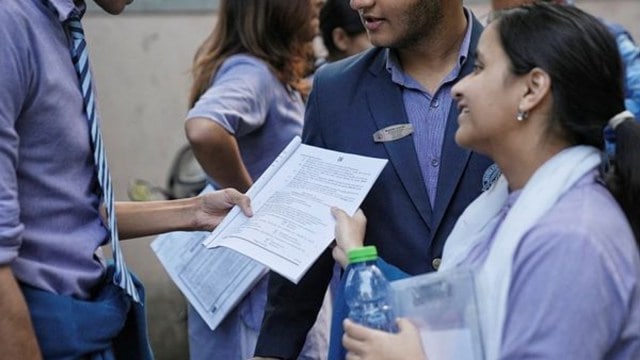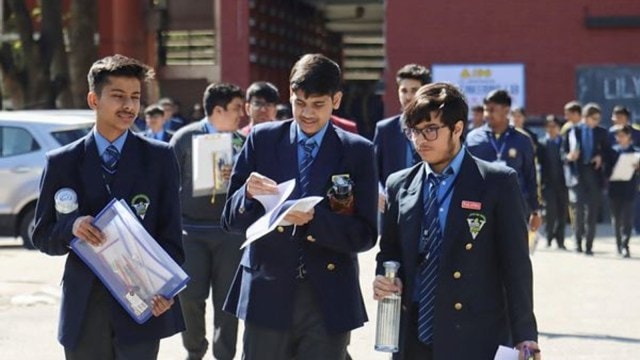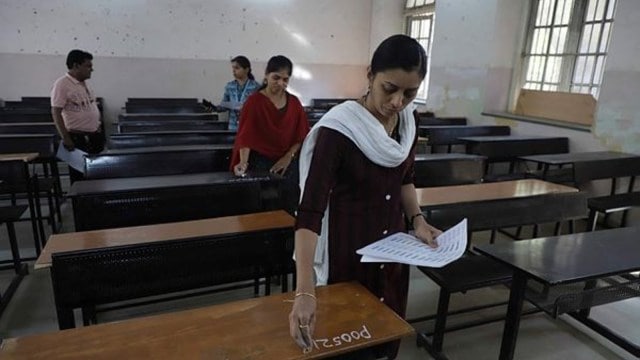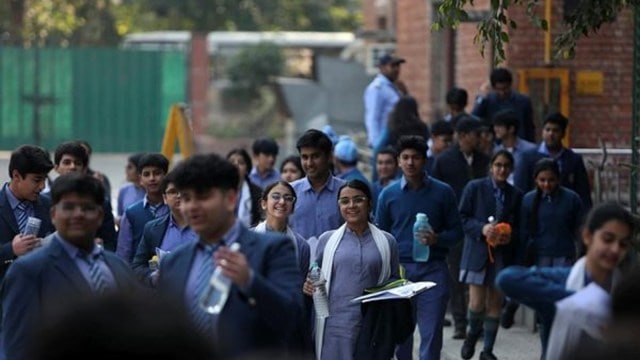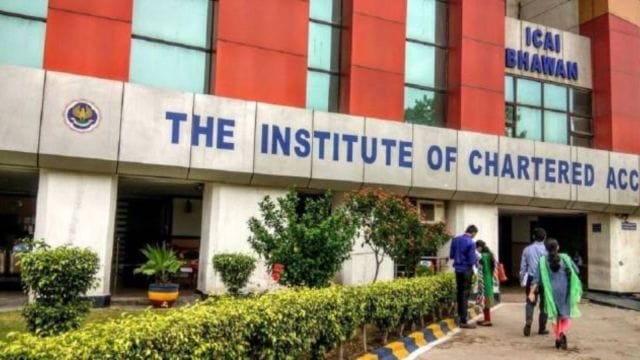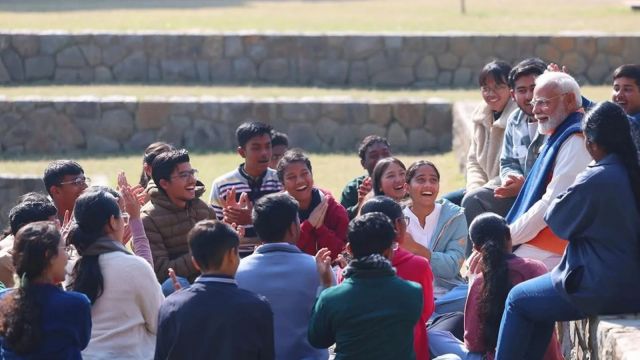
UPSC Essentials | Mains answer practice — GS 1 : Questions on women’s economic participation and Grap Stage IV system (Week 78)Sign In to read
UPSC Essentials brings to you its initiative for the practice of Mains answer writing. It covers essential topics of static and dynamic parts of the UPSC Civil Services syllabus covered under various GS papers. This answer-writing practice is designed to help you as a value addition to your UPSC CSE Mains. Attempt today’s answer writing on questions related to topics of GS-1 to check your progress.
What is the “Grap Stage IV” system? Discuss the potential challenges and advantages of implementing such a system at the national level.
The primary constraint on women’s economic participation today is the lack of employment opportunities, rather than social constraints or access to resources. Discuss.
Introduction
— The introduction of the answer is essential and should be restricted to 3-5 lines. Remember, a one-liner is not a standard introduction.
— It may consist of basic information by giving some definitions from the trusted source and authentic facts.
Body
— It is the central part of the answer and one should understand the demand of the question to provide rich content.
— The answer must be preferably written as a mix of points and short paragraphs rather than using long paragraphs or just points.
— Using facts from authentic government sources makes your answer more comprehensive. Analysis is important based on the demand of the question, but do not over analyse.
— Underlining keywords gives you an edge over other candidates and enhances presentation of the answer.
— Using flowcharts/tree-diagram in the answers saves much time and boosts your score. However, it should be used logically and only where it is required.
Way forward/ conclusion
— The ending of the answer should be on a positive note and it should have a forward-looking approach. However, if you feel that an important problem must be highlighted, you may add it in your conclusion. Try not to repeat any point from body or introduction.
— You may use the findings of reports or surveys conducted at national and international levels, quotes etc. in your answers.
Self Evaluation
— It is the most important part of our Mains answer writing practice. UPSC Essentials will provide some guiding points or ideas as a thought process that will help you to evaluate your answers.
QUESTION 1: What is the “Grap Stage IV” system? Discuss the potential challenges and advantages of implementing such a system at the national level.
Note: This is not a model answer. It only provides you with thought process which you may incorporate into the answers.
Introduction:
— Graded Response Action Plan (GRAP) is a set of emergency measures that kick in to prevent further deterioration of air quality once it reaches a certain threshold in the Delhi-NCR region.
— It was approved by the Supreme Court in 2016 and notified in 2017, the plan was formulated after several meetings the Environment Pollution (Prevention and Control) Authority (EPCA) held with state government representatives and experts.
— GRAP is gradual, therefore when the air quality drops from ‘poor’ to ‘very poor’, the measures stated in both sections must be implemented.
— GRAP is activated in four stages: Stage I when the AQI is in the ‘poor’ category (201 to 300), Stage II when it is in the ‘very poor’ category (301-400), Stage III when the AQI is in the ‘severe’ category (401-450), and Stage IV when it climbs to the ‘severe +’ category (more than 450).
Body:
You may incorporate some of the following points in your answer:
GRAP IV says:
— Stop entry of truck traffic into Delhi (except for trucks carrying essential commodities/ providing essential services). All LNG/CNG/Electric/BS- VI Diesel trucks shall, however, be permitted to enter Delhi.
— Light Commercial Vehicles (LCVs) registered outside Delhi, other than EVs/CNG/BS-VI diesel, are not permitted to enter Delhi, unless they are carrying essential commodities or providing important services.
— Enforce a severe restriction on the operation of Delhi-registered BS-IV and lower diesel-powered Medium Goods Vehicles (MGVs) and Heavy Goods Vehicles (HGVs) in Delhi, with the exception of those transporting critical commodities or providing essential services.
— Ban construction and demolition activities, as in GRAP Stage III, for linear public projects such as highways, roads, flyovers, overbridges, power transmission, pipelines, telecommunications and so on.
— NCR state governments and the Delhi government may decide to discontinue physical schools, including classes VI-IX and XI, and instead offer instruction online.
— NCR State governments/Delhi government will determine whether to enable governmental, municipal, and private offices to work 50% of the day and the balance from home.
— The Central Government may make suitable judgments about the permission of employees in central government offices to work from home.
— State governments may adopt extra emergency measures such as closing colleges/educational institutions and non-emergency commercial activities, allowing vehicles to run on odd-even registration numbers, and so on.
Conclusion:
— The Commission for Air Quality Management (CAQM) urges NCR inhabitants to follow the Citizen Charter under GRAP and contribute to the effective implementation of GRAP measures aimed at maintaining and improving regional air quality.
— Children, the elderly, and those with respiratory, cardiovascular, cerebrovascular, or other chronic disorders should avoid outdoor activities and spend as much time indoors as possible.
(Source: Why GRAP stage IV has been announced now, what is allowed under it)
Points to Ponder
Read about Air Quality Index
CAQM
Harmful effects of air pollution
Related Previous Year Question
Mumbai, Delhi and Kolkata are the three mega cities of the country but the air pollution is much more serious problem in Delhi as compared to the other two. Why is this so? (2015)
QUESTION 2: The primary constraint on women’s economic participation today is the lack of employment opportunities, rather than social constraints or access to resources. Discuss.
Note: This is not a model answer. It only provides you with thought process which you may incorporate into the answers.
Introduction:
— Women’s wage labour participation in India has stagnated, and conservative societal norms have emerged as useful targets for understanding why rising economic affluence has not translated into increased employment for women.
— The gender gap in education has nearly vanished, and girls appear to be on track to outperform males. In 2011-12, IHDS discovered that 27% of 20-29-year-old women had completed class 12, with only 12% having a college degree. In 2022-24, more than half had completed class 12, and 26% had a college degree.
Body:
You may incorporate some of the following points in your answer:
— The India Human Development Survey (IHDS), conducted by the University of Maryland and the National Council of Applied Economic Research, examined changes in the lives of Indian households between 2004 and 2024. This poll of over 42,000 households chronicles consistent changes in Indian women’s lives and highlights the aspirational shift that young Indian women in the 2020s are experiencing when contrasted to their sisters who grew up in the first decade of the century.
— The second wave of IHDS was undertaken in 2011-12, and the third wave, which covers the years 2022-24, was recently finished. Each round of interviews focusses on roughly 18,000 married and single women aged 20-29. Ten years is a short time, yet it was essential in transforming the path of young Indian women’s life.
— Over the last decade, Indian parents have expanded their investments in strengthening their daughters’ skills. Parental aspirations for their children — both men and daughters — have risen dramatically, resulting in a massive increase in education.
— More importantly, there was no difference in the proportion of young men and young women holding a college degree. This increase in girls’ education coincided with a delay in marriage. In 2011-12, 76% of women in their twenties were married; by 2022-24, this number had declined to 66%.
— Young women began to broaden their connection to the world around them. The proportion of women who felt secure going a short distance alone by bus or train climbed from 42% to 54%, while membership in Self Help Groups increased from 10% to 18% for women in their twenties. Even political activity has increased slightly; in 2012, 6 per cent attended a political meeting of a gram sabha or ward committee; by 2022, this proportion was 8 per cent.
— Women continue to contribute to the economy by working on family farms, and the Periodic Labour Force Survey shows a significant growth in this activity. Women’s wage labour participation, on the other hand, has plateaued. According to the IHDS, the proportion of 20-29-year-old women in wage work was 18% in 2012, but will fall to 14% in 2022. Some of this may be attributable to increasing college enrolment, but even among women in their 30s, wage labour participation has stalled.
Conclusion:
— These are not revolutionary changes; women continue to navigate their lives under numerous constraints. However, the aggregate of these shifts demonstrates the continual transition in the social and normative environment in which Indian women live.
— Women’s empowerment is defined by four important areas: personal efficacy, power in intra-household bargaining, societal engagement, and access to income-generating activities. The first three are improving. The fourth metric, access to employment, has remained stagnant. It is time to encourage India’s daughters to share in the benefits of economic progress; they have clearly demonstrated their readiness and willingness to help harvest the gender dividend.
(Source: It’s not social constraints or access anymore — women are held back by lack of employment opportunities by Sonalde Desai)
Points to Ponder
Women empowerment
Participation of women in labour force
Related Previous Year Questions
Examine the role of ‘Gig Economy’ in the process of empowerment of women in India. (2021)
“Male membership needs to be encouraged in order to make women’s organisations free from gender bias.” Comment. (2013)
UPSC Essentials: Mains answer practice — GS 1 (Week 77)
UPSC Essentials: Mains answer practice — GS 1 (Week 76)
UPSC Essentials: Mains answer practice — GS 2 (Week 78)
UPSC Essentials: Mains answer practice — GS 2 (Week 77)
UPSC Essentials: Mains answer practice — GS 3 (Week 78)
UPSC Essentials: Mains answer practice — GS 3 (Week 77)
Subscribe to our UPSC newsletter and stay updated with the news cues from the past week.
Stay updated with the latest UPSC articles by joining our Telegram channel – IndianExpress UPSC Hub, and follow us on Instagram and X.

 Posts
Posts Sign up as a Teacher
Sign up as a Teacher